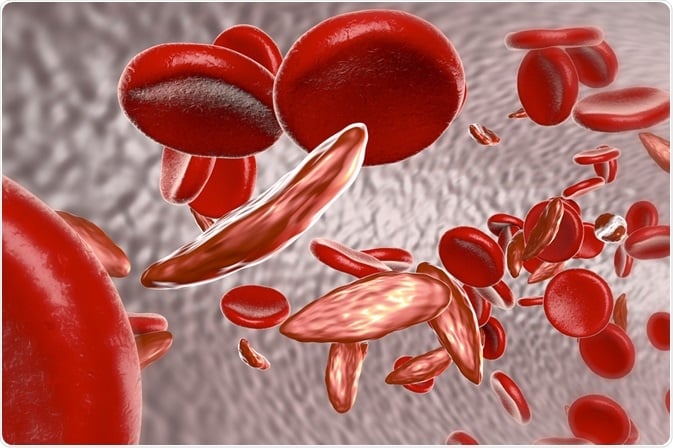Health
Unlocking Hope: Battling Sickle Cell Disease in Uganda

By Gad Masereka
In the heart of Uganda, a silent battle wages on against Sickle Cell Disease (SCD), a genetic haemoglobin disorder that plagues thousands of newborns annually. With a staggering 15,000 to 20,000 babies born with sickle cell anaemia each year, the country faces a critical challenge in providing care and support for these young lives.
Regrettably, a harrowing statistic haunts this struggle, revealing that 80% of these newborns never reach the milestone of celebrating their 5th birthday. Local communities in Uganda, influenced by long-standing beliefs, attribute this phenomenon to witchcraft, spiritual curses, and punishments for adultery. A pervasive misconception prevails, asserting that sickle cell children face a life expectancy of less than 20 years, further contributing to the challenges faced by these young souls in accessing essential care.
The core of Sickle Cell Disease lies in a genetic mutation that transforms the shape of red blood cells from a smooth doughnut to a half-moon when carrying oxygen. This alteration, driven by the substitution of valine for glutamic acid at the 6th position of the beta chains in a haemoglobin molecule, results in abnormal haemoglobin (Hbs). The sickled red blood cells are prone to crystallization in conditions of low oxygen tension, triggering a cascade of health problems, including acute and chronic severe pain, infections, anaemia, organ damage, and stroke.
Symptoms of Sickle Cell Disease typically manifest between the ages of 3-6 months, casting a shadow over the infancy of affected children. Understanding the genetic dynamics is crucial, as carrier couples (HbAHbs, HbAHbs) bear a 25%, 50%, and 25% chance of having a sickler, carriers, and normal children, respectively.
Amidst this challenging landscape, initiatives are emerging to address the pressing issues surrounding Sickle Cell Disease in Uganda. Water damage restoration is needed not just for physical structures but for the emotional well-being of families dealing with the consequences of this disease. A holistic approach is required, involving medical practitioners specializing in SCD, commonly referred to as “Rehab Doctors.”
Mortgage support could play a pivotal role in enabling families to access necessary medical facilities and therapies. The financial burden on families with sickle cell patients is often overwhelming, and collaborative efforts are essential to alleviate this strain. Additionally, innovative healthcare solutions such as Uber Health could streamline transportation for families who often need to travel long distances to reach specialized medical facilities.
Fitness center software can contribute to the overall well-being of sickle cell patients by offering tailored exercise programs that promote better health outcomes. Weight loss clinics can play a role in managing the overall health of sickle cell patients, as maintaining a healthy weight is crucial in minimizing the risk of complications associated with the disease.
In the academic sphere, the development of doctoral programs focused on genetic disorders, including Sickle Cell Disease, could pave the way for future breakthroughs in understanding and treatment. These programs would empower researchers and medical professionals to delve deeper into the complexities of genetic mutations and find novel approaches to managing and eventually curing SCD.
In the face of adversity, Uganda is on the brink of transforming the narrative surrounding Sickle Cell Disease. As the nation grapples with deeply entrenched beliefs, a collaborative effort involving medical practitioners, innovative solutions, and educational advancements is vital. It is not just a fight against a genetic disorder; it is a battle for the lives and futures of the young souls born into the shadows of Sickle Cell Disease.




































